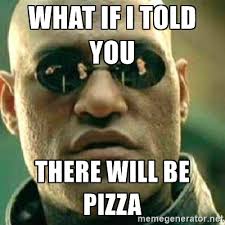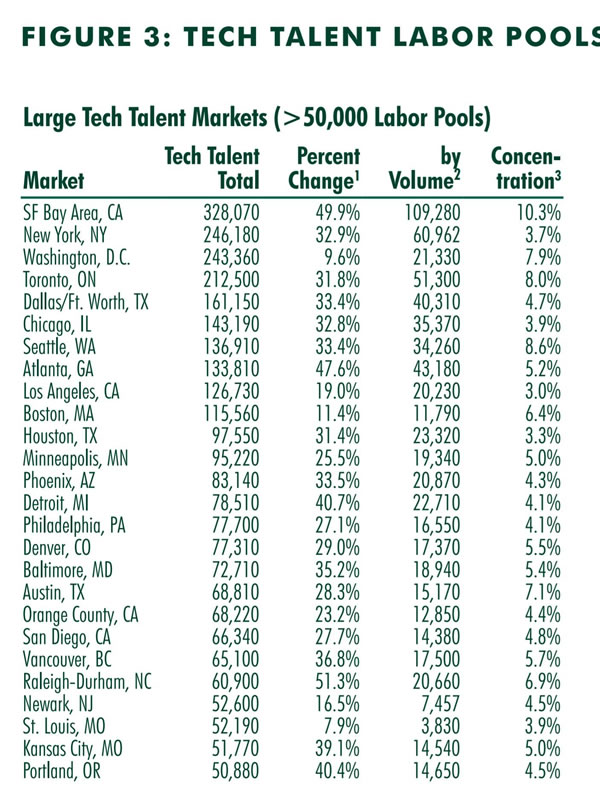This month’s project: A checklist app
Checklist apps are a mainstay — they’re popular enough for there to be a healthy number of them in the App Store, including these seven big players. At the next Tampa iOS Meetup, we’ll build a simple version that lets users add or remove items from a “to-do” style list, mark or unmark them as complete, and edit the details of any item in the list. Along the way, we’ll cover such items as:
- Table Views, the UI elements that provide viewers with a visual list
- Segues, which move the user from one “screen” to another
- Classes, and how to use them in object-oriented programming
Bring your MacBook, because this is a hands-on programming exercise! You’ll get provide a “starter” project that you’ll work on as Joey walks you through the process of building a basic checklist app. By the end of this session, you’ll have a working checklist/to-do list app that you can use as a jumping-off point to create your own list-style applications for the iPhone or iPad.
New location
Tampa iOS Meetup had a new location: the offices of Joey’s new employer, Sourcetoad, who are located in Carrollwood on Busch just east of Dale Mabry. It’ll be the home of Tampa iOS Meetup from now on. It’s located in Twin Lakes Office Park, and the map below should make it a little easier to find Sourcetoad in the complex (we’re in unit #1018):

Also…

There will be food and drink — I’m aiming for pizza, for both carnivores and vegetarians.
As we move to our new location, we’d like to thank Wolters Kluwer and John Wang for being Tampa iOS Meetup’s home for the past year. Your hospitality is greatly appreciated!
The details, and how to register for this meetup
- When: Tuesday, August 1st, 2017 at 6:30 p.m.
- Where: Sourcetoad’s office — 2901 West Busch Boulevard, Suite 1018 (see map above)
- How to register: If you’d like to attend this meetup, please register on the Meetup page.
So what’s Tampa iOS Meetup about, anyway?
Tampa iOS Meetup is the Tampa Bay area’s meetup for beginning programmers and developers new to iOS development. We take a hands-on approach because it’s our answer to a question that I’ve been asked again and again, and it goes something like this:
“I’ve been studying iOS development for some time, and I’m still having a problem writing apps. I know how to program specific features in iOS, but I don’t know how to turn a bunch of features into an app.”
It’s one thing to go through tutorials that show you how to program a specific feature. It’s a completely different thing to take the knowledge from those tutorials and then write an app. My goal for Tampa iOS Meetup in 2017 is to show you how to make that leap by walking you through the process of making apps.
If you’re in the Tampa Bay area and you’ve always wanted to learn iOS development but needed some help getting started, Tampa iOS Meetup is for you! It’s a regular gathering aimed at people new to iOS development or software development in general where we cover all sorts of programming topics as we build applications together in a casual, fun, hands-on setting. Find out more at the Tampa iOS Meetup page.











































